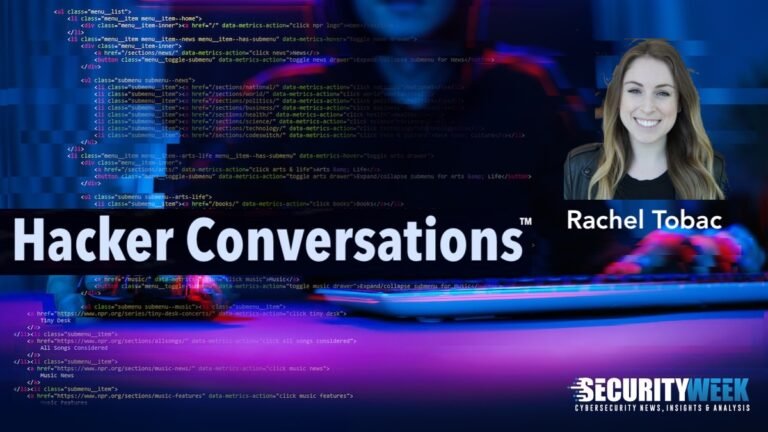Fast Facts
-
Definition and Impact: Social engineering is the art of persuasion that can be beneficial but is often misused, leading to significant cybersecurity threats and adversarial attacks.
-
Mechanisms of Manipulation: Rachel Tobac, a cyber social engineer, employs psychological principles (Cialdini’s) like authority and urgency to manipulate individuals into complying, illustrating the effectiveness of emotional triggers such as "amygdala hijacking."
-
Historical Context and Evolution: Deceptive social engineering is a longstanding practice, illustrated by biblical examples, yet has evolved significantly in the digital age, making it a sophisticated form of manipulation that exploits human psychology.
- Preventive Measures and Challenges: While social engineering relies on building trust, overcoming it necessitates widespread distrust, which poses fundamental challenges to societal cohesion; thus, awareness and training are essential to mitigate these threats.
The Issue
In the intricate world of cybersecurity, Rachel Tobac emerges as a formidable figure, expertly navigating the nuanced field of social engineering. Misunderstood by many, social engineering is both an art and a science—an ethical craft when utilized rightly but perilous when exploited for malicious intent. Tobac, a cyber social engineer and co-founder of SocialProof Security, engages in what she describes as “hacking people” rather than machines. Through persuasive tactics, she highlights how attackers manipulate psychological principles to coerce targets into compromising their information. This phenomenon is not novel; even biblical tales, such as Rebekah deceiving Isaac, illustrate the timelessness of deceptive persuasion.
In an interview with SecurityWeek, Tobac elucidates that social engineering is the precursor to most cyberattacks, driven by human psychology rather than mere technical expertise. The blend of urgency, authority, and emotional manipulation—often referred to as “amygdala hijacking”—enables attackers to exploit emotional responses, rendering victims susceptible to deception. Tobac’s mission focuses on educating individuals and organizations about these vulnerabilities, given that current defenses against social engineering are woefully inadequate. Thus, her work not only sheds light on a sophisticated threat but also underscores the ethical implications and societal responsibilities incumbent upon anyone wielding such persuasive power.
Security Implications
The insidious nature of social engineering poses significant threats not only to individual organizations but reverberates through entire industries, exposing vulnerabilities that can lead to cascading failures. When a business falls victim to such manipulative tactics, it risks breaching confidential data, losing customer trust, and incurring substantial financial losses—consequences that can extend to its partners, clients, and supply chains. For instance, if a single organization is compromised through deceitful outreach, sensitive information may be leaked, which can be leveraged against others in its network, creating a domino effect of compromised security and reputational damage. Moreover, users and clients of these affected businesses may become reluctant to engage, fearing for their own data security, while regulatory scrutiny could increase, imposing heightened compliance costs and operational disruptions across the board. Thus, the ramifications of social engineering extend far beyond the immediate targets, underscoring the need for robust education and proactive defense measures throughout the broader business ecosystem.
Possible Next Steps
In the ever-evolving landscape of cybersecurity, timely remediation is paramount, especially in the context of "Hacker Conversations: Rachel Tobac and the Art of Social Engineering." Addressing vulnerabilities before they can be exploited is crucial for organizational integrity and security.
Mitigation Steps
- User Education
- Phishing Simulations
- Multi-Factor Authentication
- Incident Response Plan
- Regular Security Audits
NIST CSF Guidance
NIST Cybersecurity Framework (CSF) emphasizes proactive strategies to identify and recover from threats. For a deeper understanding, refer to NIST SP 800-53, which provides comprehensive security and privacy controls tailored to manage risks associated with social engineering and related attacks.
Explore More Security Insights
Stay informed on the latest Threat Intelligence and Cyberattacks.
Explore engineering-led approaches to digital security at IEEE Cybersecurity.
Disclaimer: The information provided may not always be accurate or up to date. Please do your own research, as the cybersecurity landscape evolves rapidly. Intended for secondary references purposes only.
Cyberattacks-V1

